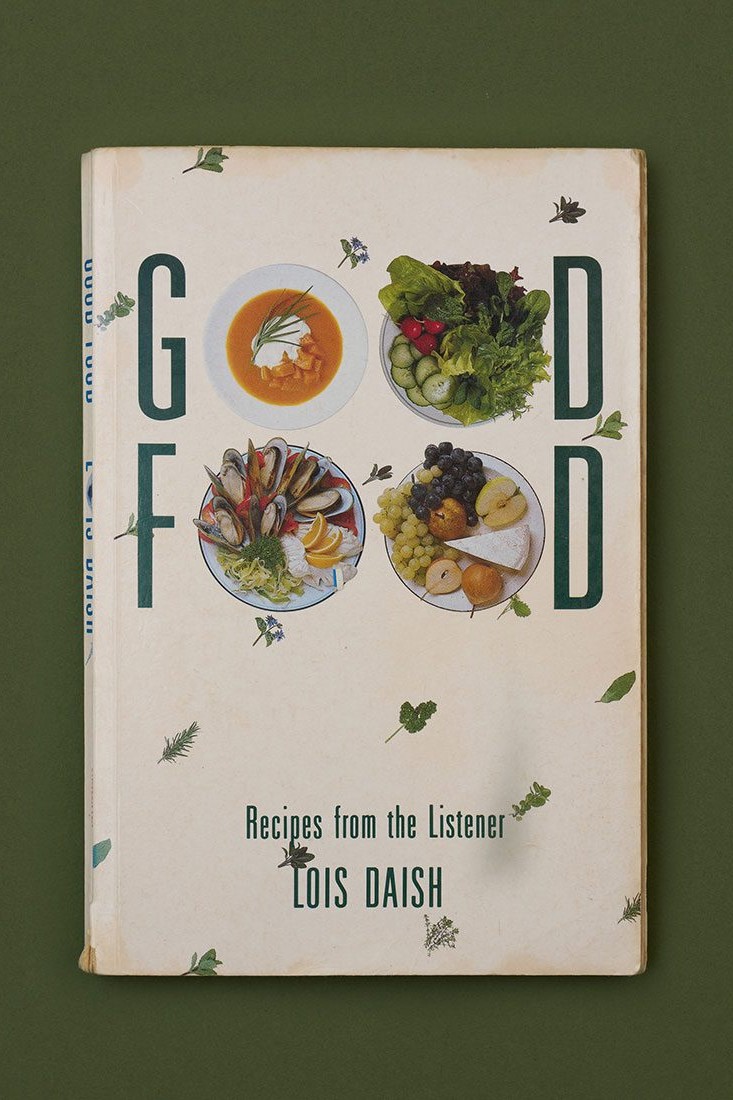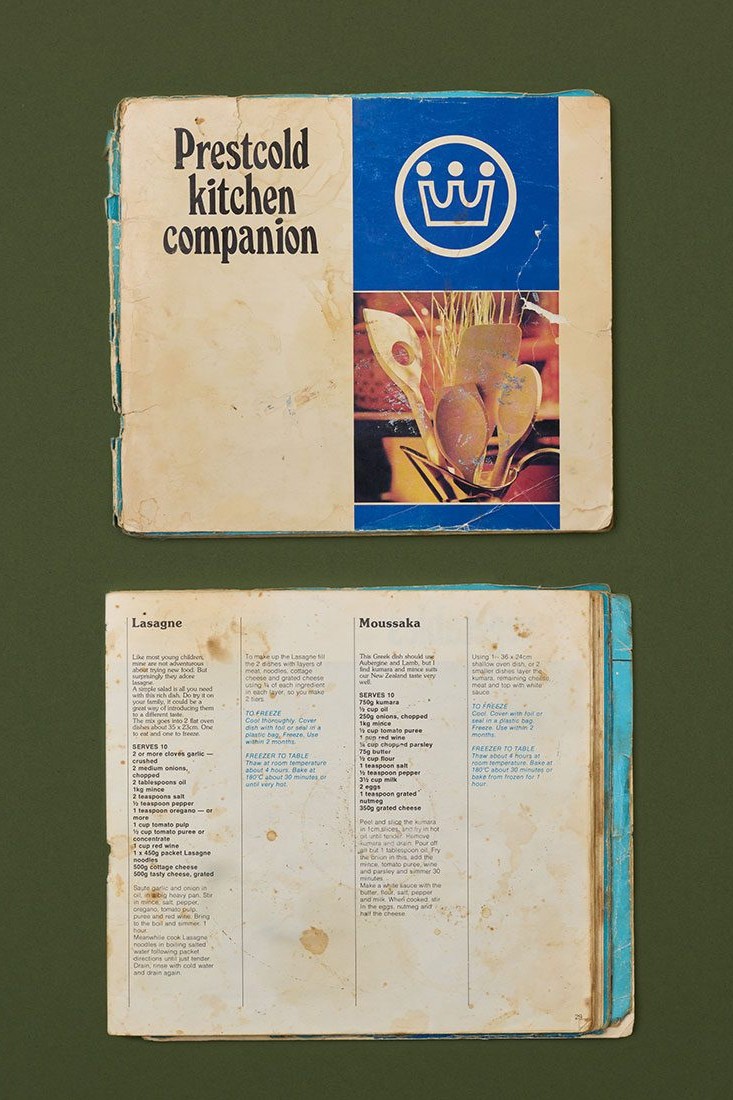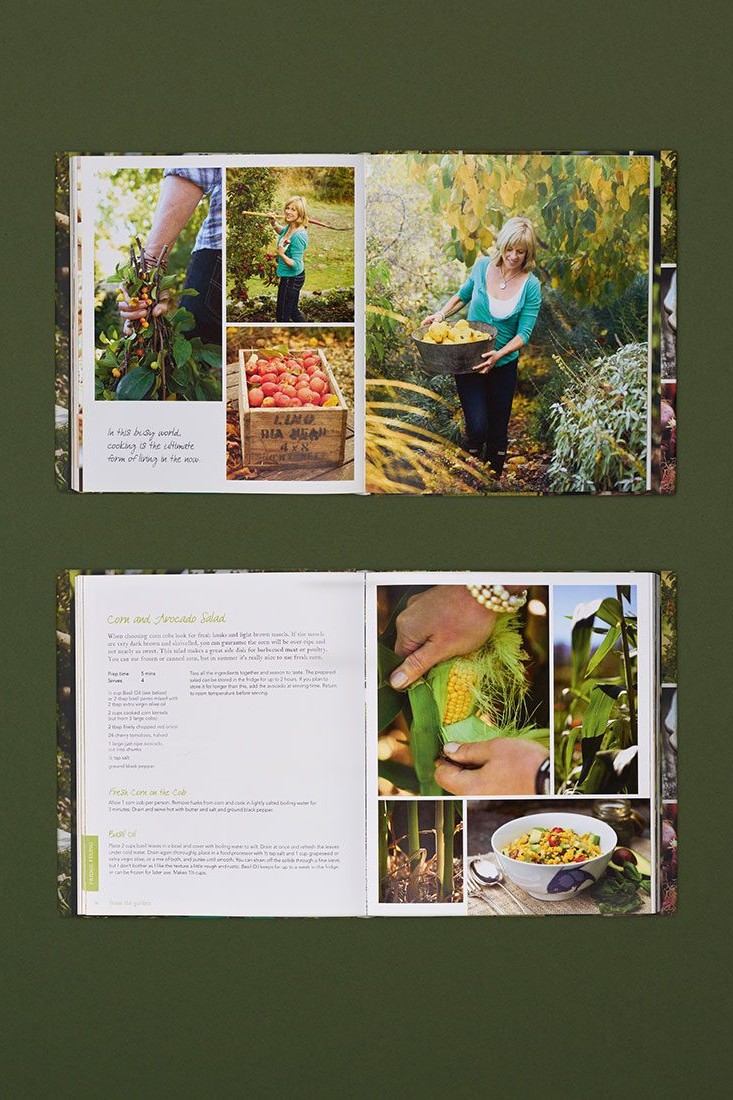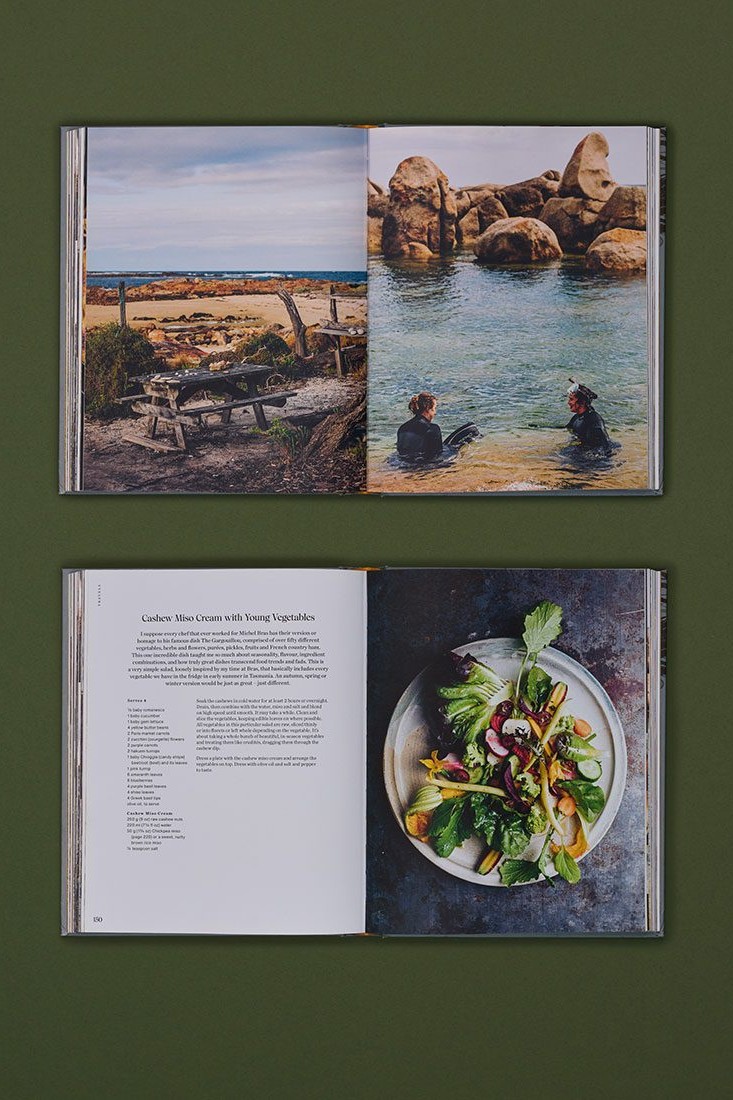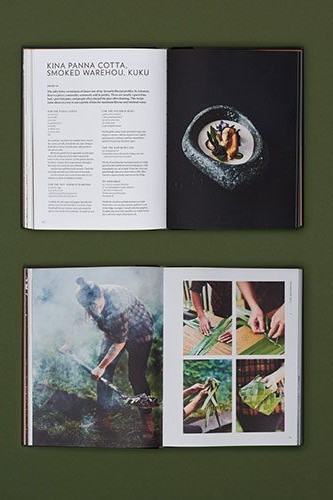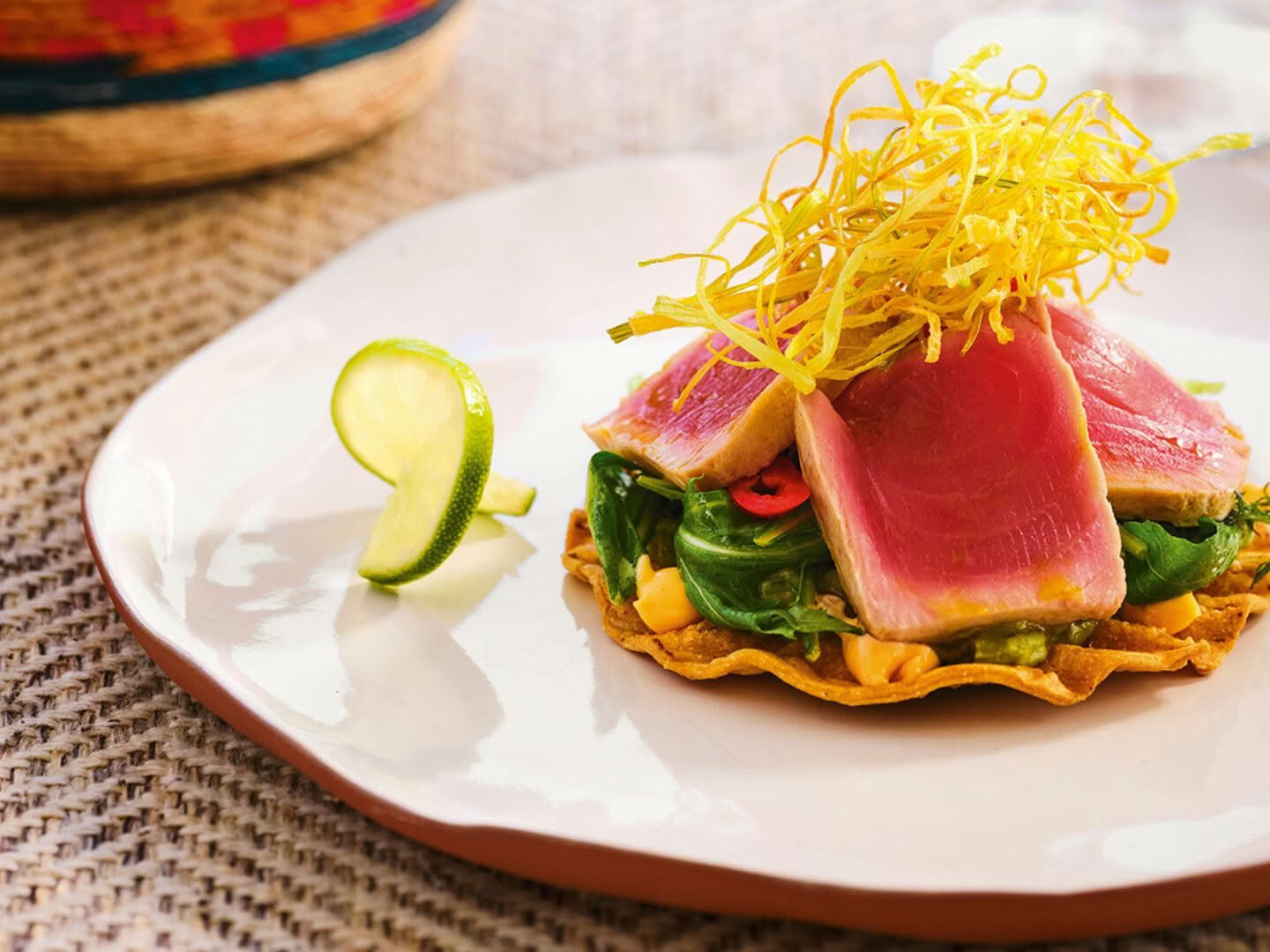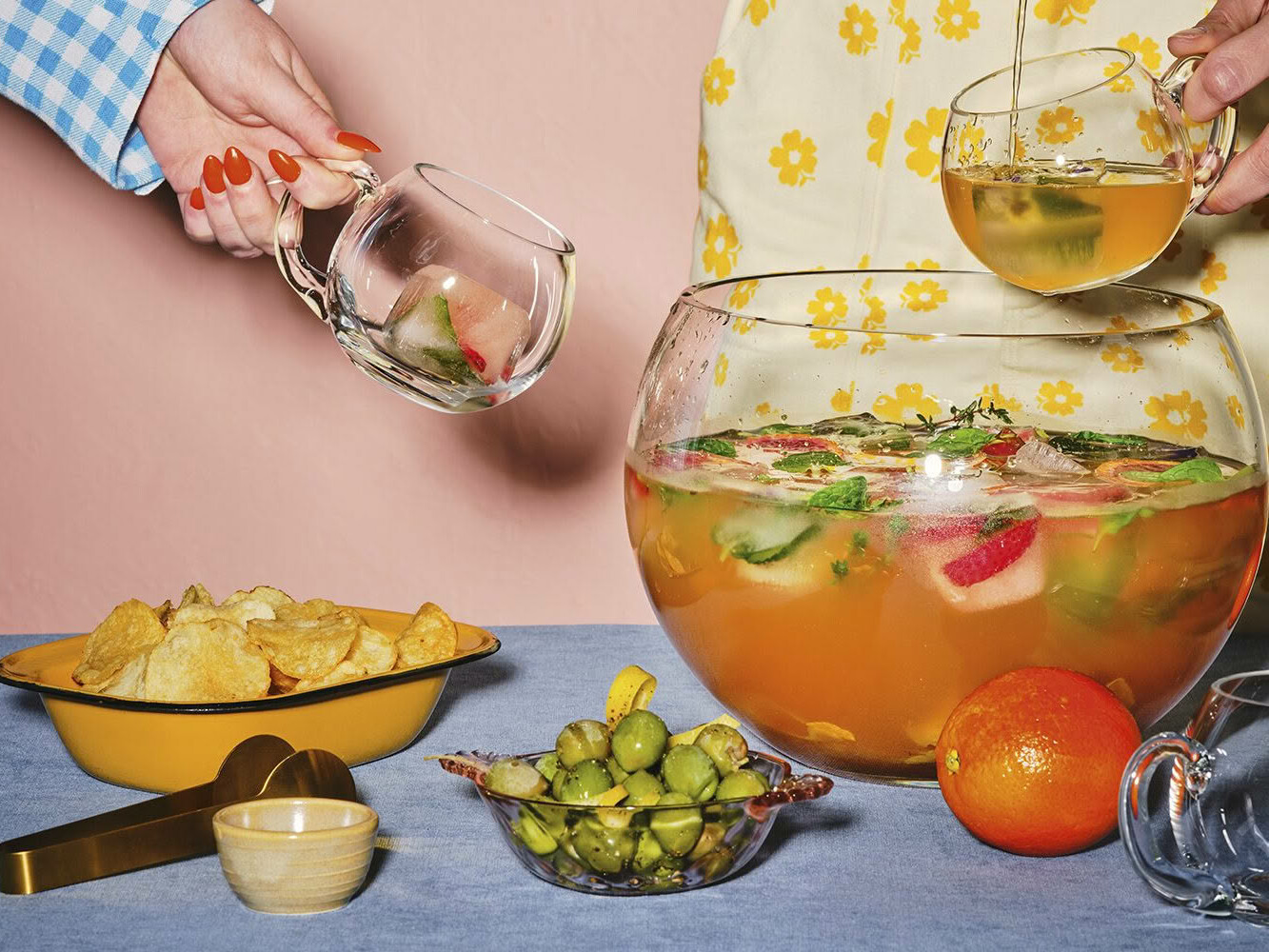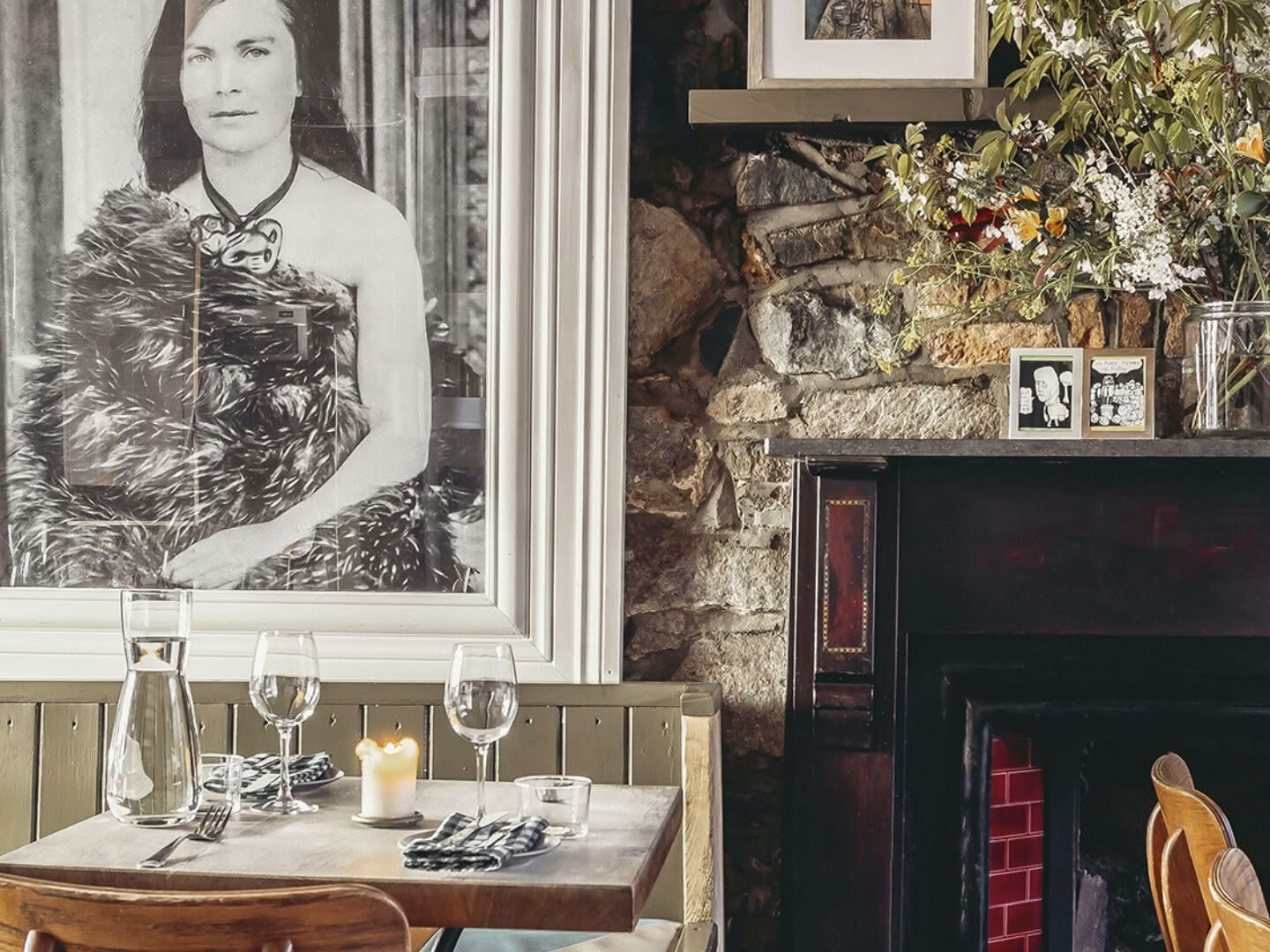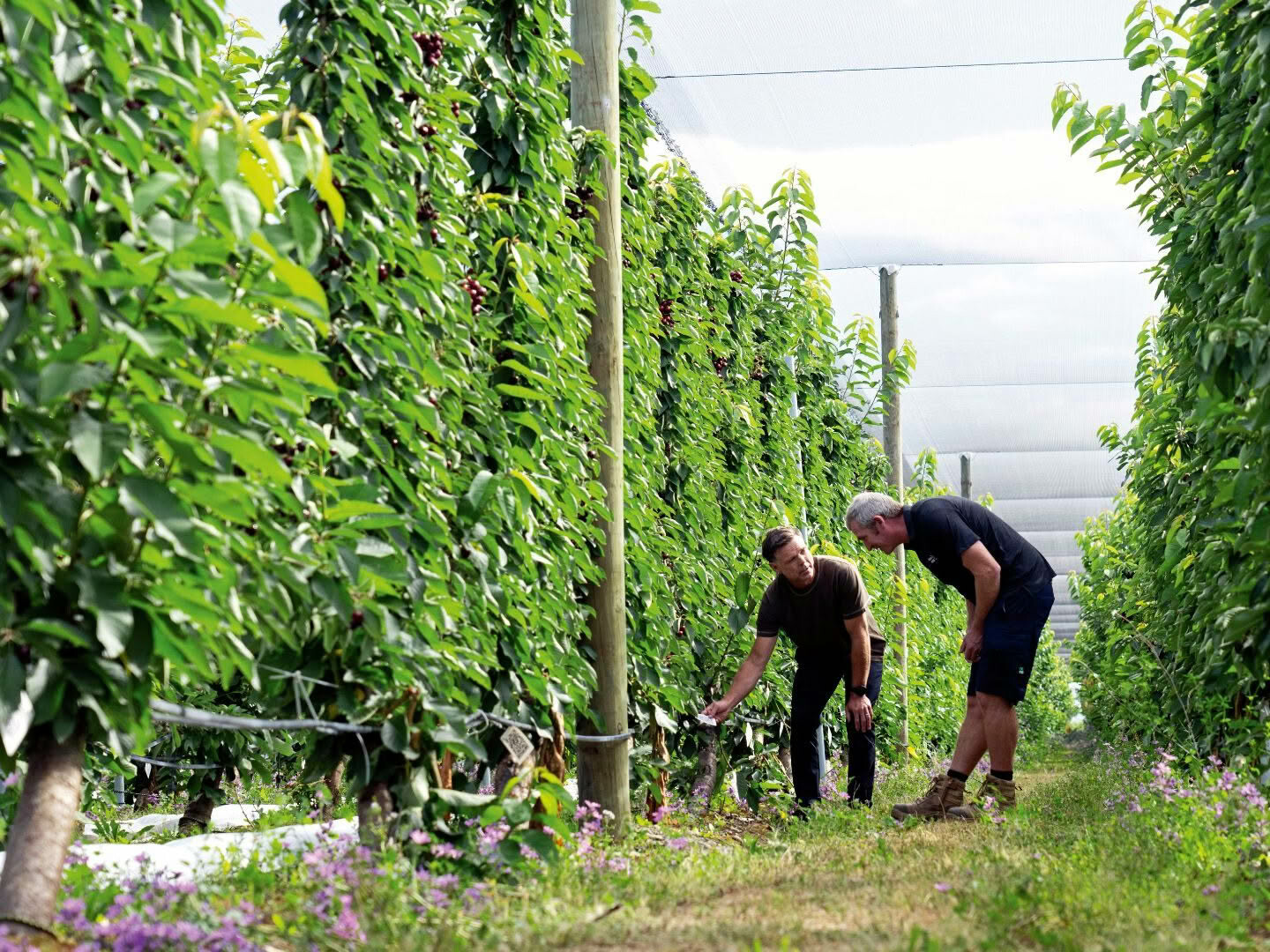When we asked Cuisine staffers to tell us their favourite cookbooks and recipes, we knew we were in for a treat – boil that down to only include recipes by New Zealand women and we’ve got a fascinating selection to share.
GINNY GRANT, SENIOR FOOD WRITER
LOIS DAISH GOOD FOOD: RECIPES FROM THE LISTENER (1989)
For over 20 years Lois Daish wrote the food column in The Listener and that is the basis of Good Food. Sadly it’s out of print, but I managed to pick up a copy secondhand. I adore it for the excellent baking and desserts, but also for the wide variety of main dishes using everyday ingredients. There is an economy of style, too, in her precise instructions.
Lois’s recipes have simplicity at their core, none more so than the delightfully named Run-over Rooster. Chicken was becoming popular and cheaper to buy in the mid-80s, but seldom available as just breast or thigh cuts. Most of her recipes instruct you to joint the chicken first into pieces. This recipe made use of small poussin-sized chickens, which are split down the backbone, flattened and marinated in plenty of olive oil, lemon juice and garlic, which makes for succulent eating. These days I follow the same method for grilling a larger chicken, and it is always delicious.
FIONA SMITH, SENIOR FOOD WRITER
NAOMI SMITH PRESTCOLD KITCHEN COMPANION (1978)
In 1978 my mother Naomi Royhouse (then Smith) wrote a cookbook for Prestcold, a copy of which was given away with every new freezer sold. I still cook with it to this day. I have a 1970s copy that is so coated in chocolate cake batter you can hardly read the recipe and a pristine second-print edition from 1984, still in its original plastic sheath. What I truly love about this book, putting aside the enormous nostalgia, is that it shows how ahead of her time and creative my mother was. Don’t get me wrong, the baking section is packed with my favourite versions of classics, but in the savoury dishes she shows a passion for other cuisines even though at that stage she hadn’t travelled. Interesting ingredients pop up such as fermented soy bean paste and hard-to-find ingredients such as eggplant are replaced cleverly with the likes of kūmara, giving a Kiwi twist to classic moussaka.
TRACY WHITMEY, COPY EDITOR
ANNABEL LANGBEIN, THE FREE-RANGE COOK (2010)
When The Free Range Cook was published I was living in Australia, but managed to get home for Christmas each year. Christmas holidays were spent at my sister’s bach where we shucked off our Melbourne city shoes and enjoyed the beach lifestyle for a few weeks. Simplicity was key, and fresh corn and locally grown avocados were sold at the side of the road, so this became ‘our’ salad. We’ve made it every summer since, in many different countries and with many other people. Each time I eat it it fills me with that just-back-from-the-beach feeling, with the boogie boards leaning against the side of the house, togs drying on the line and a cold beer waiting. I’m a bit ashamed to admit I rarely make it exactly as written – I miss out the onion and always barbecue the corn with the husks on, until it’s a bit blackened on the outside and sweet, juicy and a bit smoky inside. It’s a cliché I know, but for us it’s simply a salad full of summer.
FIONA LASCELLES, ART DIRECTOR
ANALIESE GREGORY, HOW WILD THINGS ARE (2021)
It is the luscious landscape photography of Aotearoa and Tasmania – respectively Gregory’s birthplace and her current home – wrapping around the recipes that are the main lure for me with this book. Once they have you on the hook, the visual narrative extends to shots of Gregory hunting, fishing, diving, foraging, harvesting and cooking, portraying what can only be described as an enviable life. To be honest, I don’t think I could hunt for my food, but as an art director captivated by great photography, what’s not to love? And the icing on the proverbial cake is that this book succeeds in reminding me of the importance of honouring the primary sources of our food.
KELLI BRETT
EDITOR
MONIQUE FISO, HIAKAI (2020)
I often return to this book when thinking about the food story of New Zealand. In it, Monique embraces a new era for Māori cuisine. Her continuous push to create food that is distinctive but playful makes her a chef to watch and there are so many examples here that take you inside her brilliant mind: a play on fish and chips ‘ika & kūmara’ – grilled fish, confit kūmara and agria potato, lacto-fermented tomato dressing and kūmara chips with broccoli – is clearly not fish and chips, but it kind of is, telling a story of Māori culture and Kiwiana that captures the essence of Aotearoa. Extremely well-researched with input from academic Tracy Berno and food writer Lucy Corry and brought to life by photographers Manja Wachsmuth and Amber-Jayne Bain, Hiakai remains a valuable tool for a new generation of chefs. I love anything with kina and green-lips so this recipe is a favourite.



